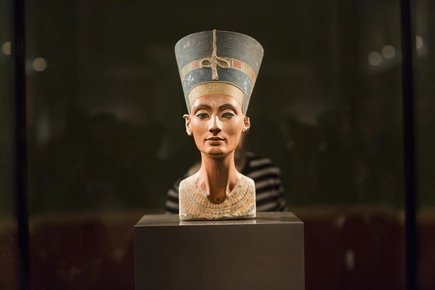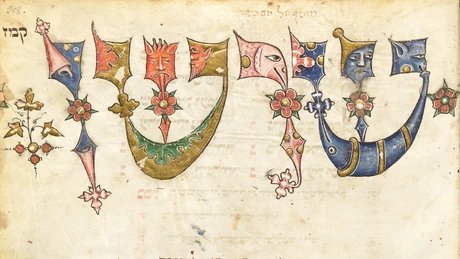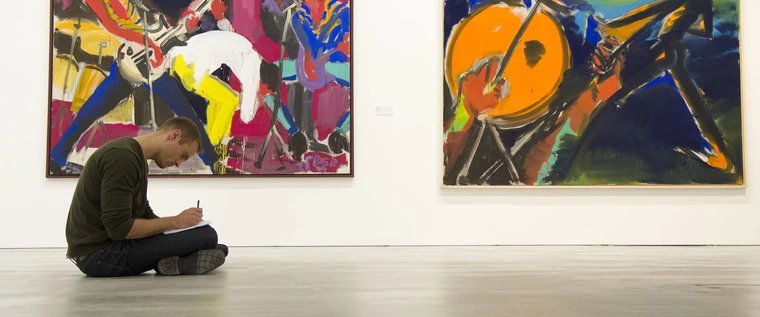
Holy books are the heart of Jewish literary culture, which has flourished in impressive diversity and aesthetic expressiveness from its origins in ancient Israel to the present day. Copies of the Hebrew Bible, liturgical scrolls, and prayer books for the holidays structure the rhythm of teaching, prayer, and religious ritual in the synagogue—thus creating a space of cultural identity beyond the everyday.
As a manuscript, such a text takes on a special significance: Its value is measured not only by the quality of the material or the artistic design, but also by the personal virtues of the scribe and the circumstances under which it was written.
The exhibition presents selected Hebrew manuscripts from the Berlin State Library's important Hebraica collection and offers fascinating insights into Jewish book art and its cultural context.
Outstanding pieces from the renowned Erfurt collection allow visitors to study the artistic Hebrew micrography, traces of Christian Hebrew studies, and the ritual production of Torah scrolls – including the largest Hebrew Bible of the Middle Ages, two exceptionally well-preserved Ashkenazi Torah scrolls, and a large-format prayer book from the 14th century.
Richly illuminated Esther scrolls and prayer books, including those from the renowned Hamilton Collection, also offer insights into the heyday of Jewish book art.
A special highlight is the elaborately restored calendar work by Judah Mehler of Reutlingen, which impressively demonstrates how Jewish holidays were precisely determined by coordinating the lunar and solar cycles and inserting additional months or days.
Additional information
Admission to the Stabi Kulturwerk is free. No ticket booking is required. Fully wheelchair accessible
Accessibility
Fully wheelchair accessible



